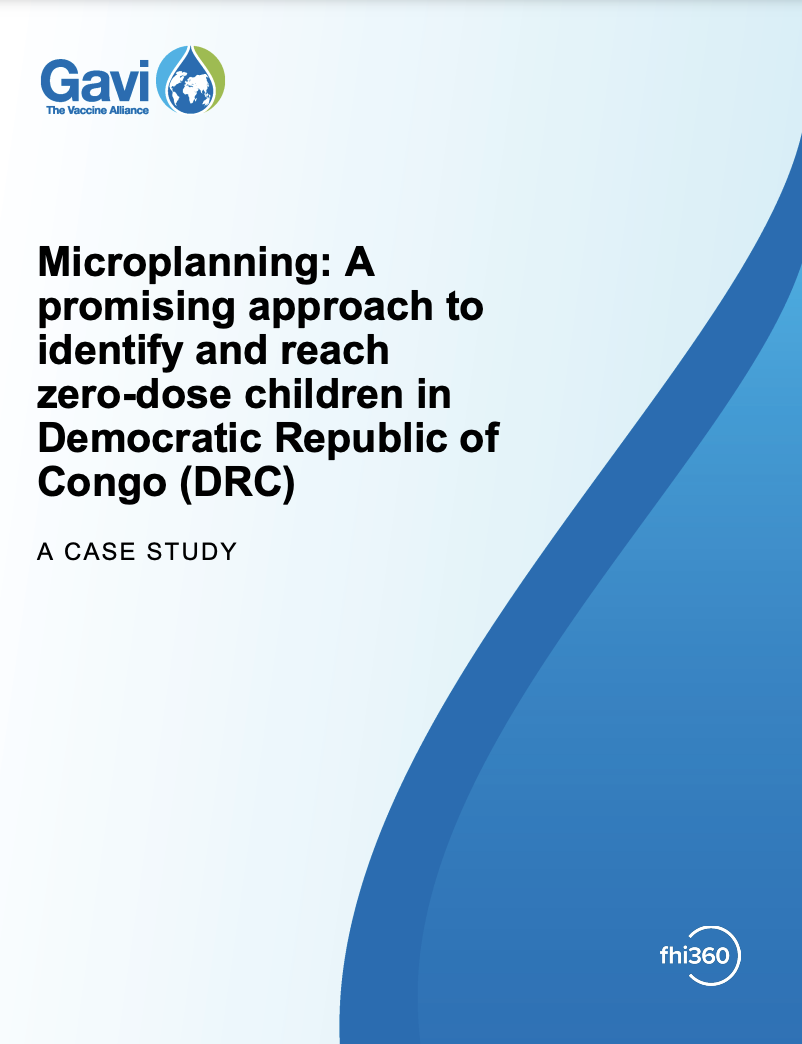WHITE PAPER
Cartographier et Classer les localités
Analyse du travail de GRID3 pour collecter et analyser les données des localités. Ce travail se concentre sur deux pôles primaires: créer une couche des localités améliorée et exhaustive qui permet d’avoir une vue d’ensemble des communautés; utiliser les empreintes des bâtiments, les données géospatiales et algorithmes avec apprentissage automatique, pour classer les structures et zones locales au sein des localités.
Cette étude explore les applications des méthodes de GRID3 au Nigéria, en République Démocratique du Congo et en Zambie.
| Authors | Center for International Earth Science Information Network; Flowminder Foundation; United Nations Population Fund; WorldPop, University of Southampton |
|---|



